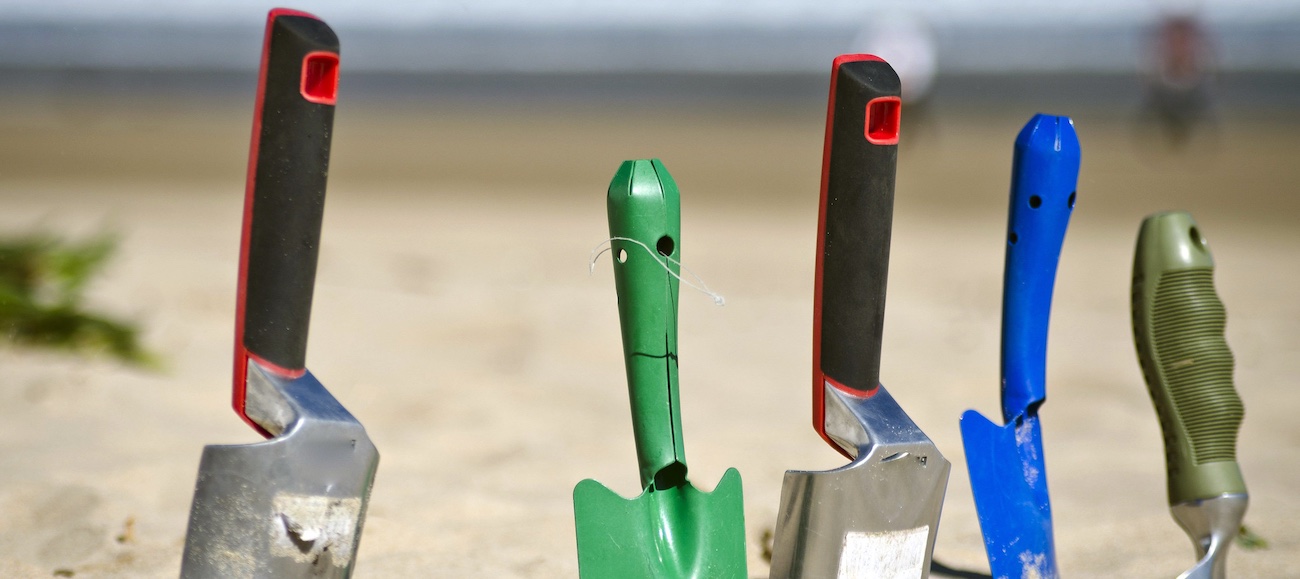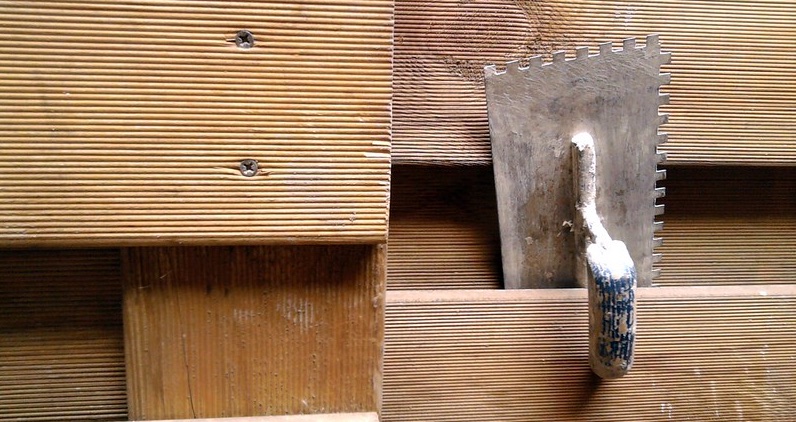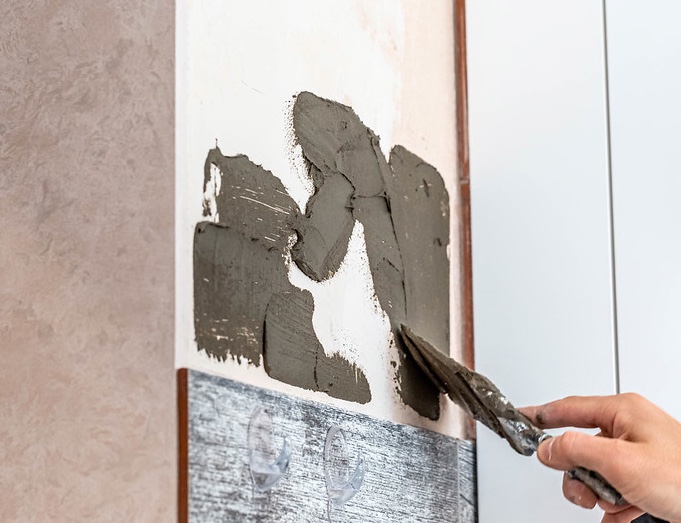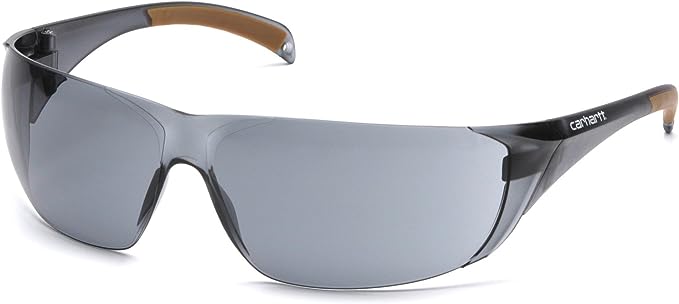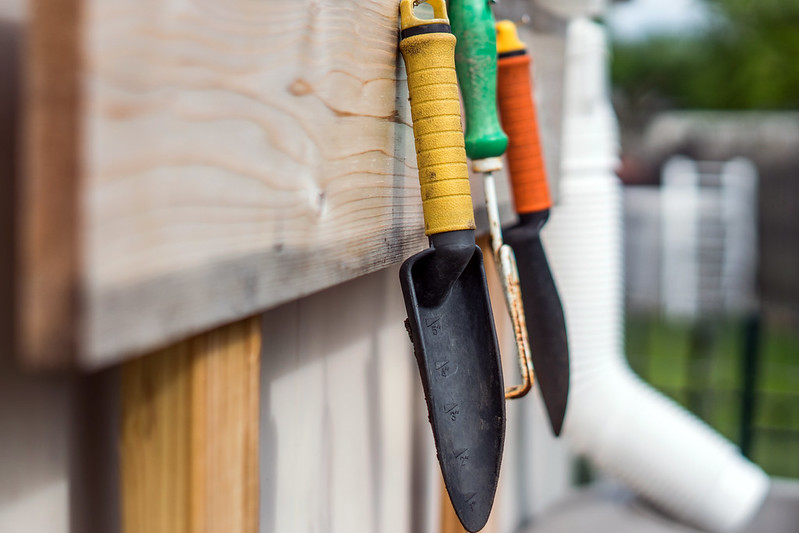When it comes to home improvement or gardening projects, the right trowel tool can make all the difference. However, with so many types of trowels available on the market, it can be overwhelming to decide which to buy and how to use them properly. In this Trowel Tool Guide, I will provide you with comprehensive information on how to select the best trowel tool for your specific needs and how to use them safely and effectively.
How to Choose a Trowel Tool
When buying trowel tools, there are several things to consider. Firstly, what type of project are you working on? For example, the type of trowel you use for a gardening project will differ from that used to install tiles. Next, consider the size and width of the blade. A larger blade is ideal for bigger coverage while a smaller blade is perfect for intricate or detailed work. Finally, consider the handle. A comfortable and secure grip is essential for maximum control and precision.
What Type of Trowel Tools Are Available?
There are many types of trowel tools, including notched trowels, margin trowels, pointing trowels, bucket trowels, brick trowels, and garden trowels. Notched trowels are used for laying tiles or applying adhesive to walls. Margin trowels are best for spreading thinset mortar or scraping grout out of corners. Pointing trowels are used for all kinds of brickwork, while a bucket trowel is perfect for removing cement from buckets. A brick trowel is used for laying bricks or blocks while a garden trowel is ideal for planting, digging, and transplanting.
How to Use Each Type of Trowel Tool
To use a notched trowel, hold the tool at a 45-degree angle to the surface and apply even pressure to spread the adhesive in the desired direction. Similarly, use a margin trowel to spread mortar evenly, and then use a notched trowel to create ridges. To use a pointing trowel, apply a small amount of mortar to the end of the trowel and press it into the joint. To use a bucket trowel, hold the tool at a 90-degree angle and scrape the cement from inside the bucket. When laying bricks, use a brick trowel to pick up the mortar and butter the end of the brick before laying it down. Finally, when gardening, use a garden trowel to dig holes, transplant seedlings, and prepare soil.
What is Trowel Tool Safety?
Safety is a crucial factor when using trowel tools. Always wear protective gear like gloves, mask, and goggles to keep yourself safe from harmful substances or unexpected debris. Avoid putting excessive pressure on the blade as it can lead to injury. Also, make sure the trowel is clean and dry before storing it to avoid rust and damage.
Choose the Right Trowel Tool that Works for You
Now that you know how to buy and use different types of trowel tools, you can choose the one that best suits your needs and complete your home improvement or gardening projects with confidence and precision. Just remember to follow all the necessary safety procedures to keep yourself and your tools in excellent condition. Happy troweling!

